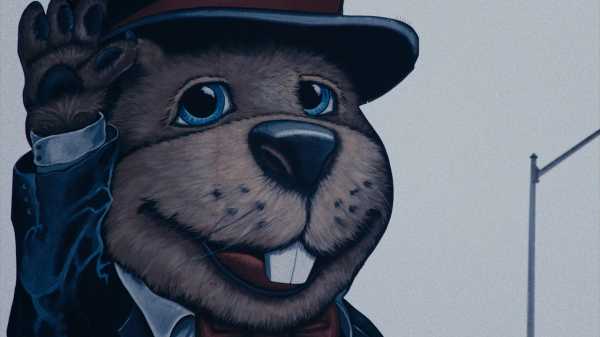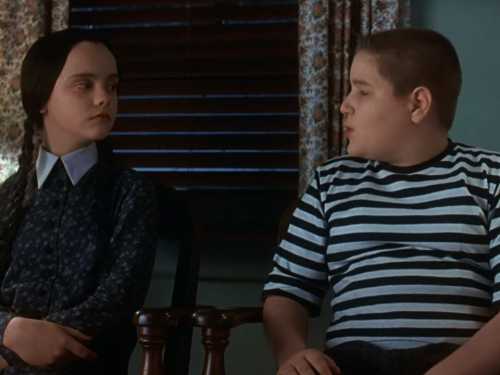
“What is this town without its thing?” the filmmaker David P. Zucker asks. “That became the central question of the film for me.”
In the opening moments of David P. Zucker’s documentary “Groundhog Town,” a woman stands in a dim bar and describes what it’s like in her small town, Punxsutawney, on the holiday for which it is widely known. “Chaos—it’s absolutely insane,” she says. “You can’t even drive through town.” Another shot shows the rest of the bar, its pinball machines and TV screens aglow while its stools sit empty. An uneasy, expectant quiet sets in on the film and never quite leaves. Filming for “Groundhog Town” began in November, 2020, when it was unclear, because of pandemic-related concerns about mass gatherings, whether the usual Groundhog Day celebration at Gobbler’s Knob would be held the following February. But Zucker isn’t just interested in what happens on the big day; what matters is the ritual’s meaning to the residents of Punxsutawney, who number under six thousand and who see their town’s population septupled by visitors for a few days each February.
Zucker was at film school in California when the pandemic took hold and froze so much of American life in isolation. He craved the kind of communal gatherings that had become off-limits. In contemplating their significance, his mind turned to the Groundhog Day celebrations in his home state of Pennsylvania. (It helped that quarantine’s repetitiveness had brought the 1993 comedy “Groundhog Day”—in which Bill Murray’s character is doomed to relive the same day on a loop—back into the Zeitgeist.) “It’s this real grounding moment for the community,” Zucker told me. “It’s the middle of winter, it’s freezing. And there’s this one day where everyone gathers to have a great time and have this furry little animal tell them everything is going to be O.K.”
The New Yorker Documentary
View the latest or submit your own film.

“When that one day disappears, what is left behind?” Zucker went on. “What is this town without its thing? That became the central question of the film for me.” He answers it visually: a previous year’s celebration is shown without sound, giving it the feel of a longed-for memory. He also peppers his film with shots of the groundhog likenesses that decorate the town—waving from murals, promoting restaurants, everywhere a proud symbol of invitation and self-promotion. The images evoke the anxious gap between a party’s setup and its guests’ arrival, or an amusement park after hours.
What he found in Punxsutawney was a range of feelings. One woodworker who has spent decades carving groundhogs jokes that he sees the creatures in his sleep, and his face appears to shift from delight to alarm. A child beams with hopes of his home town’s impending boom; an alpaca farmer, lamenting the loss of local jobs, says that “this whole area is going backwards.” At the town’s coal-miners memorial, a bundled-up woman cheerily sums up Groundhog Day’s allure: “When you’re in the midst of this snow, spring is going to come!” The result is what Zucker calls an “intentionally diffuse film,” reflecting the ambivalence he experienced during his two weeklong stints in town. On the one hand, he saw a contagious pride in a charming, long-standing tradition; on the other, anxiety about what the future might bring. He hopes that it also doubles as a generous portrait of a populace who treated him kindly. “I was always wrestling with the question of ‘Are people presenting this really optimistic portrait of the town because it’s a huge financial boon for their community?’ ” he said. “I do think to some degree the town is always trying to sell you on the myth of itself.”
The sunny woman at the miners’ memorial alludes to one of Punxsutawney’s larger problems. “I think the future for energy is going to be in solar,” she says. The town has been hit hard by the changing industry which has left scarcely any coal operators in business in the area. Unlike surrounding towns, Punxsutawney has at least had its holiday tourism influx to fall back on, but at the time of Zucker’s visits, it felt as though even that was in doubt. There was no gathering in 2021. But Phil’s fans take a longer view. “As long as we have Phil,” a pizza-shop owner tells Zucker, referring to the town’s perpetual mascot, “we have nothing to worry about. And Phil’s gonna be around forever, so we’re good.” The festivities resumed, in person, in 2022. This year, the Gobbler’s Knob grounds open, on Groundhog Day, at 3 A.M. There will be fireworks.
Sourse: newyorker.com






